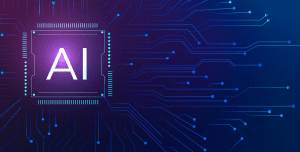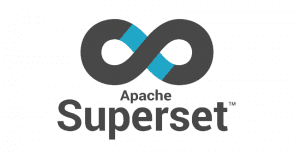Understanding Web 3.0


World Wide Web (WWW) Web 3.0 can be defined as the next iteration of the web, which is decentralized. Web 3.0 uses Artificial Intelligence (AI), Machine Learning (ML) and blockchain technology, and is expected to reach real-world communication.
What is Web3?
The newest term to all the go on the internet is web3, known as web3.0 or web3. Basically, it’s a notion of democratizing the internet instead of the current corporatization that we experience.
How is Web3 different?
Despite being decentralized, Web3.0 maintains the interactive nature of Web2.0. This distinguishes it from its predecessors. Web3.0 aims to significantly reduce or eliminate the influence of outside parties. But this is also the point at which the functioning becomes somewhat convoluted.
How does Web3 work?
Blockchain is Web3’s central technology. The entire ecosystem supporting Web3, NFTs, and cryptocurrencies is powered by blockchain technology. Most web3 initiatives these days are dAaps running on ethereum networks, and web3 is becoming synonymous with anything crypto. In place of specialized server farms, as is the current practice, the data would be stored in decentralized storage. Data flow would be highly transparent, and misuse would be prevented as a result of this information being recorded in a digital ledger, or blockchain.
What are the benefits Of Web3 ?
The following are some benefits of web3:
Security: Blockchain’s use of robust hashing techniques and cryptography ensures that data cannot be altered or hacked without being noticed, making it tamper-proof and secure.
Open: Web3 applications are developed in full view of the public and are available as open-source software by a community of developers that is accessible and open.
Collaboration: Web3 is powered by a novel management paradigm called a DAO (Decentralized Autonomous Organization). They are self-governing entities and function based on a set of codified regulations, permitting an infinite number of individuals to partake in and contribute to their expansion.
Ownership: Web3’s decentralized networks, which do not require a third party, are democratizing the generation of content. With the help of these apps, communities may directly earn tokens for their involvement and activity. Because these tokens have monetary values, users feel like they have a significant stake in the project.
Conclusion
Innovations in Web3 are anticipated to appear faster than in the past. The beginning to see IT corporations and inventors put the pieces in place that will lead us into the next era of the World Wide Web. Brigita Digital Solutions aims to improve workflow by providing a basic understanding of this field. It’s time to take charge and participate if you’re creating experiences and products for it.




